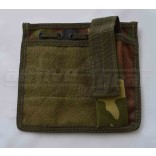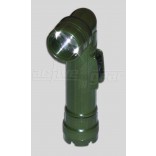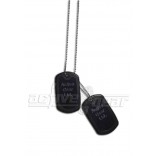Details
Orienteering, rescuing or serious hiking requires a great compass. It has an anatomically designed base plate, with rounded edges and anti-slip rubber pads. Magnetic compass contains a magnet that interacts with the earth’s magnetic field. Did you know that the early compasses were used for geomancy in the search of gems and the selection of sites for houses? It was later adapted for navigation during the Song Dynasty in the 11th century. The liquid inside the capsule serves to dampen the movement of the needle reducing oscillation time and increasing stability. As the compass fill liquid is non-compressible under pressure, many ordinary liquid-filled compasses will operate accurately underwater to considerable depths.
The compass has a magnetized needle inside a rotating capsule, a transparent base containing map orienting lines and a bezel (outer dial) marked in degrees. The capsule is mounted in a transparent base plate containing a direction of travel arrow (indicator) for use in taking bearings. It is marked with large, easy to read numbers at every 20 degrees, scales included ensuring accurate mapping and plotting.
An excellent way to learn proper use of a compass is to participate in the sport of orienteering. This sport involves using a map and compass to compete with others in finding a path from a starting point to a selected destination. The sport of orienteering has also resulted in the development of models with extremely fast-setting and stable needles for optimal use with a topographic map. This sport of orienteering has become a major event annually for most defence forces and cadet forces around the world so advanced training is done to ensure that persons selected is not only capable of using the compass but factor in the many other areas that will make it easier to manoeuvre the many obstacles ahead with little or no time wasted.
Even though the Global Positioning System (GPS) was said to have been develop to revolutionize navigation, the compass continue to have the advantage over it. The compass does not require no energy supply and they can be used when heavy tree or large building block the reception of electronic signal.
At some point close to the magnetic pole the compass will not indicate any particular direction but will begin to drift. A compass is also subject to errors when the compass is accelerated or decelerated in an airplane or automobile.
To find a bearing:
- Place the compass flat on your palm and your palm should be in front of your chest. This is the proper compass stance.
- Turn your whole body in the same compass stance until the direction of travel arrow is pointing in the direction of the feature of which u wish to take the bearing.
- Turn the degree dial until the magnetic needle is in line the North on the degree dial which can either be 3600/00.
- After that is done, read the bearing that is in line with the direction of travel arrow.
Additional Information
| size | N/A |
|---|
You may also be interested in the following product(s)
-

Small Map Case
$22.68 -

Angled Torch Flashlight
$12.99 -

Black Dog Tags
$8.65


